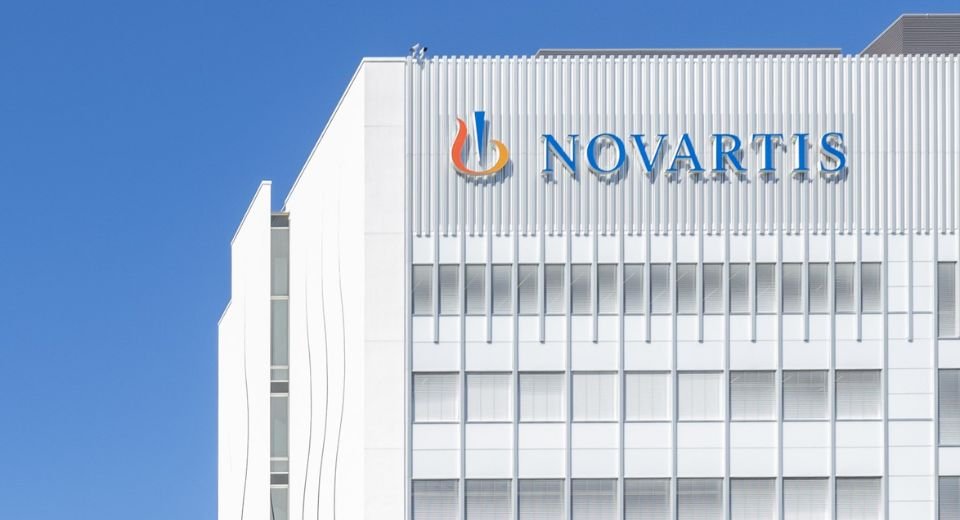Swati Mishra
April 11, 2025: “We are prepared for shifts in the external environment and fully confident in our growth outlook,” Novartis CEO Vas Narasimhan declared Thursday, as the Swiss pharmaceutical giant unveiled a $23 billion plan to deepen its roots in the US. The move, which includes building 10 new or expanded US facilities over five years, underscores a growing trend among drugmakers scrambling to future-proof operations amid mounting political and economic uncertainty.
For patients like 58-year-old Mark Thompson, a prostate cancer survivor relying on Novartis’ targeted radioligand therapy Pluvicto, the stakes are deeply personal. “This drug gave me back my life,” he says. “But when supply chain issues hit last year, I waited months for my dose. If making it here means no more delays, that’s hope we can count on.”
Novartis’ blueprint aims to turn that hope into reality. The company will erect four new manufacturing sites in undisclosed states, expand radioligand facilities in Florida, Texas, Indiana, New Jersey, and California, and pour $1.1 billion into a West Coast R&D hub in San Diego. When complete, the upgrades will enable Novartis to produce all key U.S.-marketed drugs domestically—including Pluvicto and Lutathera—while adding 1,000 jobs. The strategy also brings cutting-edge siRNA production to US soil for the first time, bolstering oncology, immunology, and neuroscience capabilities.
The tariff shadow play
While Narasimhan framed the investment as aligning with a “pro-innovation policy environment,” analysts see a clear subtext: the looming threat of Trump-era pharmaceutical tariffs. Last week, the president announced a 145% tariff on Chinese imports and floated as high as 25% sector-specific duties for drugs made overseas. Though pharma escaped the latest round, industry leaders are taking no chances.
Novartis joins rivals Eli Lilly and Johnson & Johnson in a domestic spending spree. Lilly committed 55 billion over four years—a 25% spending hike—to build three sites and expand others. “It’s a hedging strategy,” says Bernstein analyst Ronny Gal. “They’re insulating themselves from trade wars while capitalizing on IRA incentives for U.S.-made biologics.”
Global ripples
The pivot is sending shockwaves beyond U.S. borders. European biopharma executives warned the EU Commission this week that without “radical policy changes,” the bloc risks losing R&D and manufacturing investments to America. Novartis’ Narasimhan, meanwhile, emphasized “strong U.S. growth” as the driving force, with San Diego’s R&D hub set to anchor West Coast innovation by 2029.
Yet, challenges linger. Radioligand therapies require precise radioactive materials with short half-lives, making localized production critical. Novartis’ Indiana plant, plagued by FDA compliance issues in 2023, highlights the risks of rapid scaling.
The new pharma playbook
As the dust settles, one truth emerges: Pharma’s era of globalization is pivoting toward regional self-reliance. With Trump’s tariff pause set to expire in 90 days—and China tensions simmering—companies are rewriting supply chain playbooks. The shift could mean steadier access to lifesaving therapies. For policymakers, it’s a wake-up call: Innovation follows investment, and hopefully, the US’ pro-manufacturing stance will bring about the much-needed patient-focused policies in play rather than market-driven policies.
What’s Next? This “onshoring” trend will see Europe counter with incentives of its own. In the high-stakes game of pharma geopolitics, resilience is the ultimate currency.
